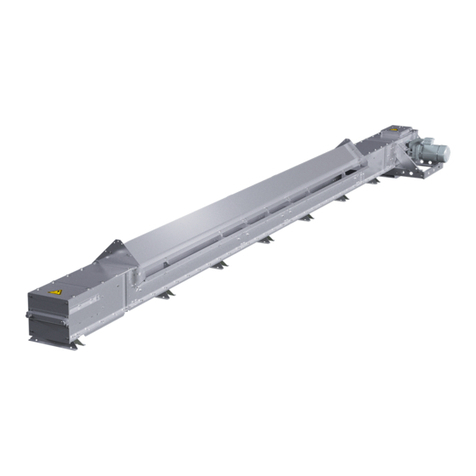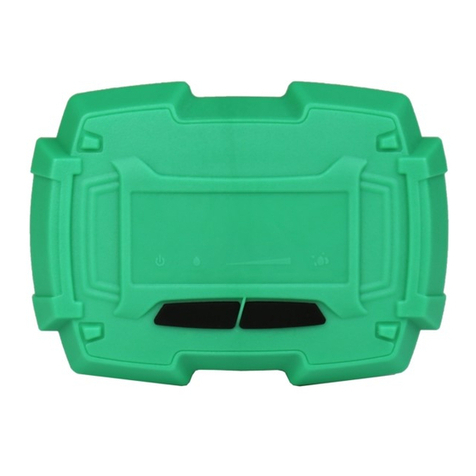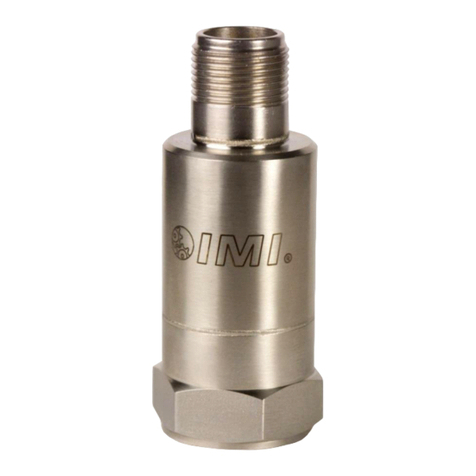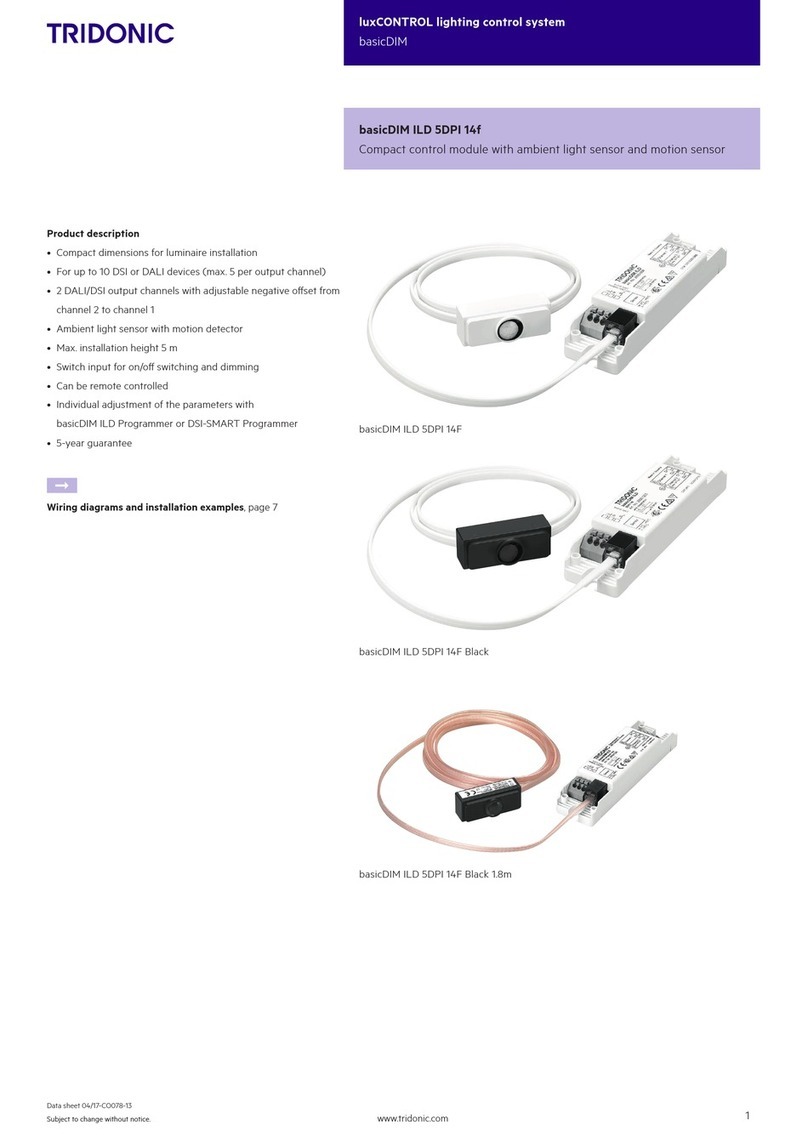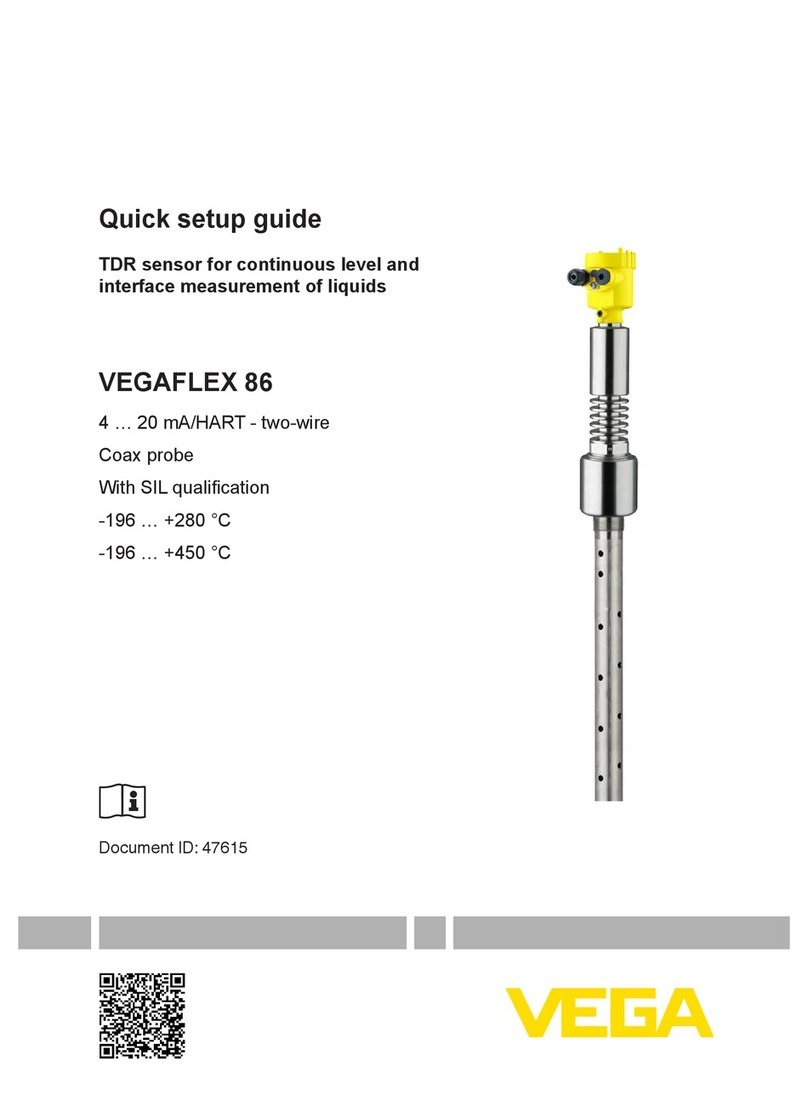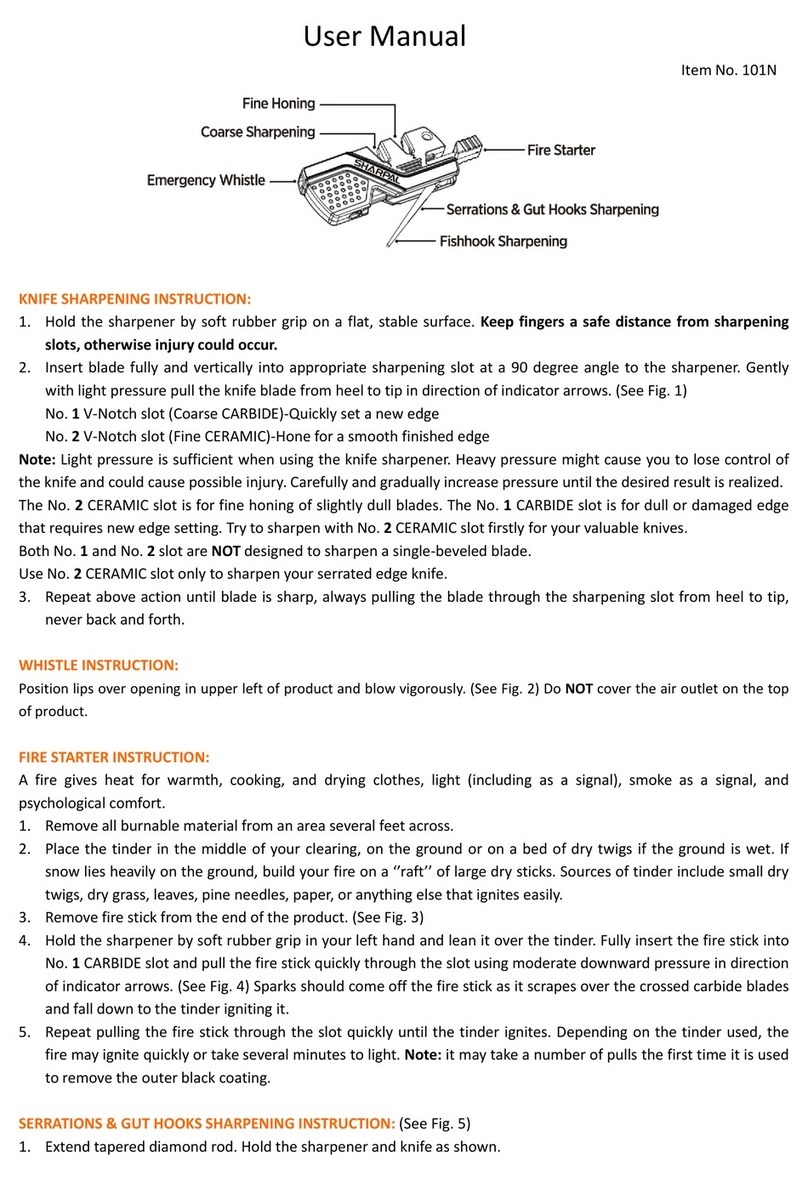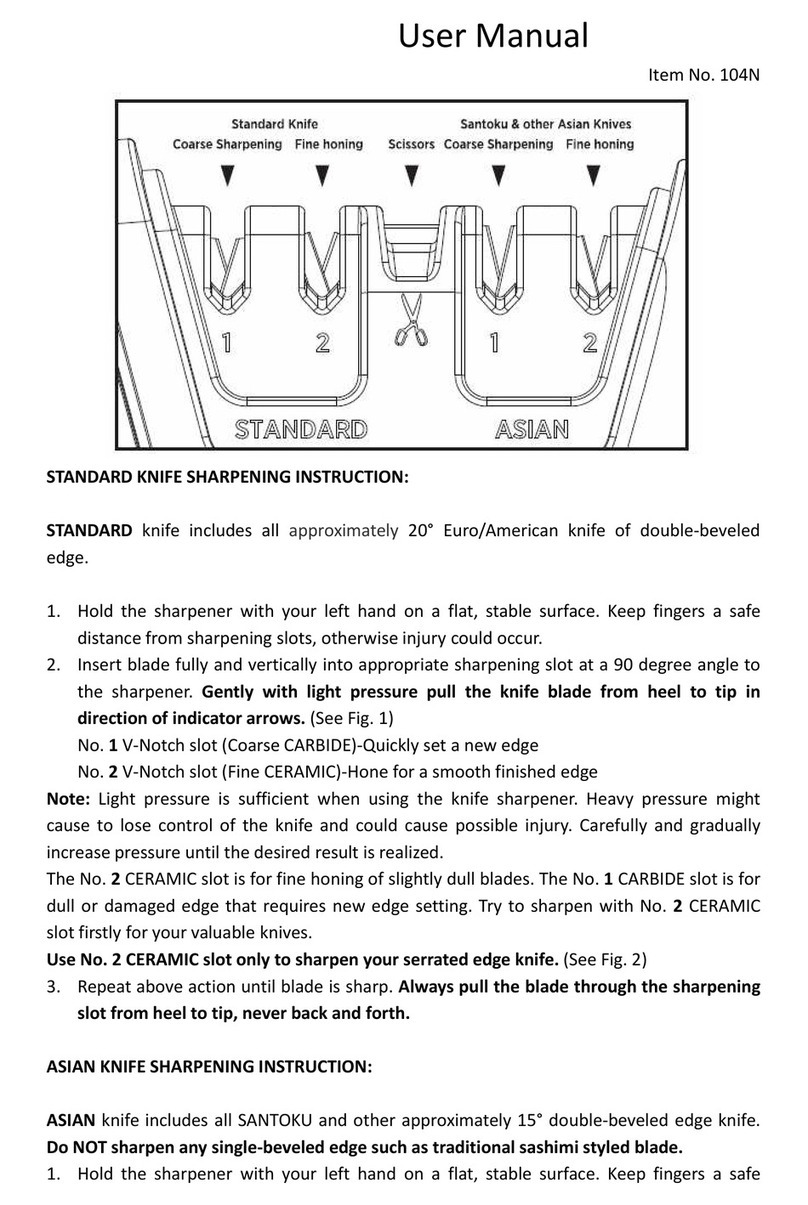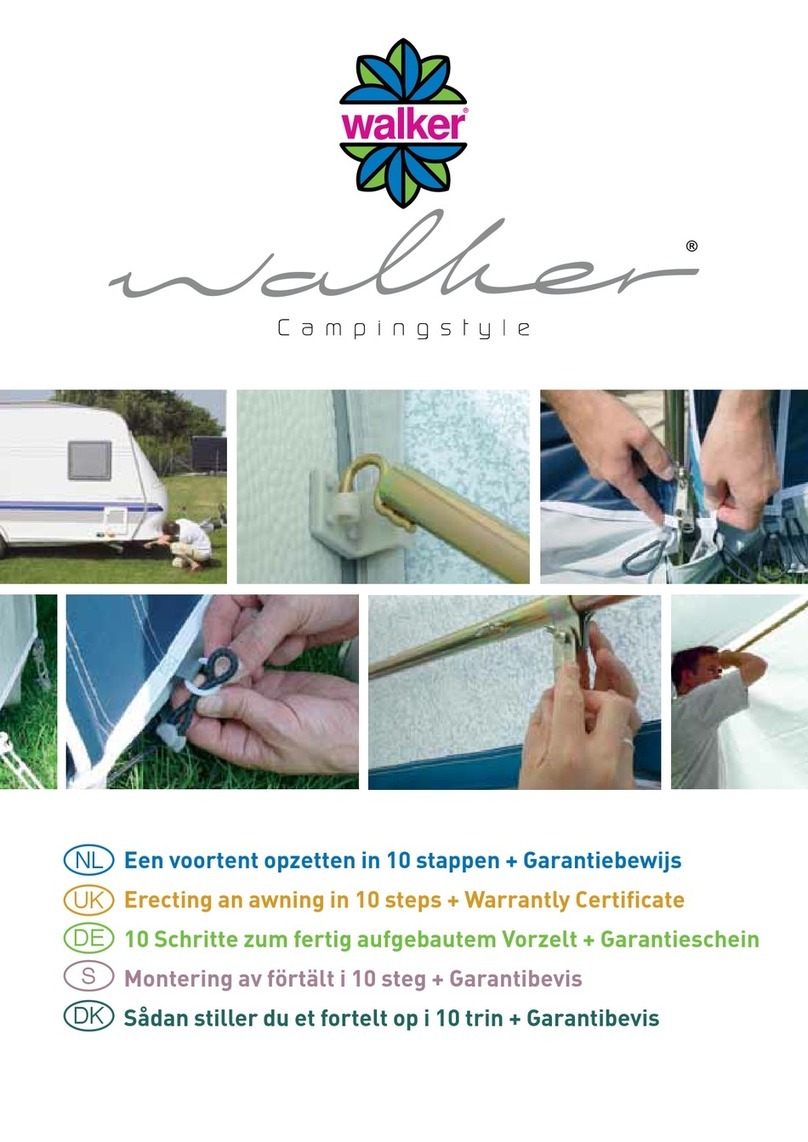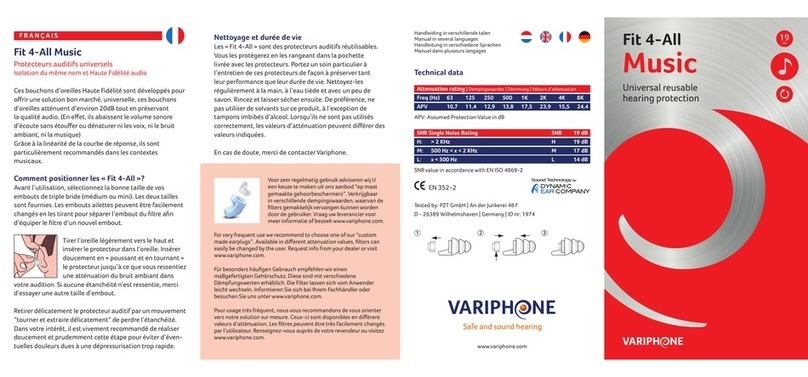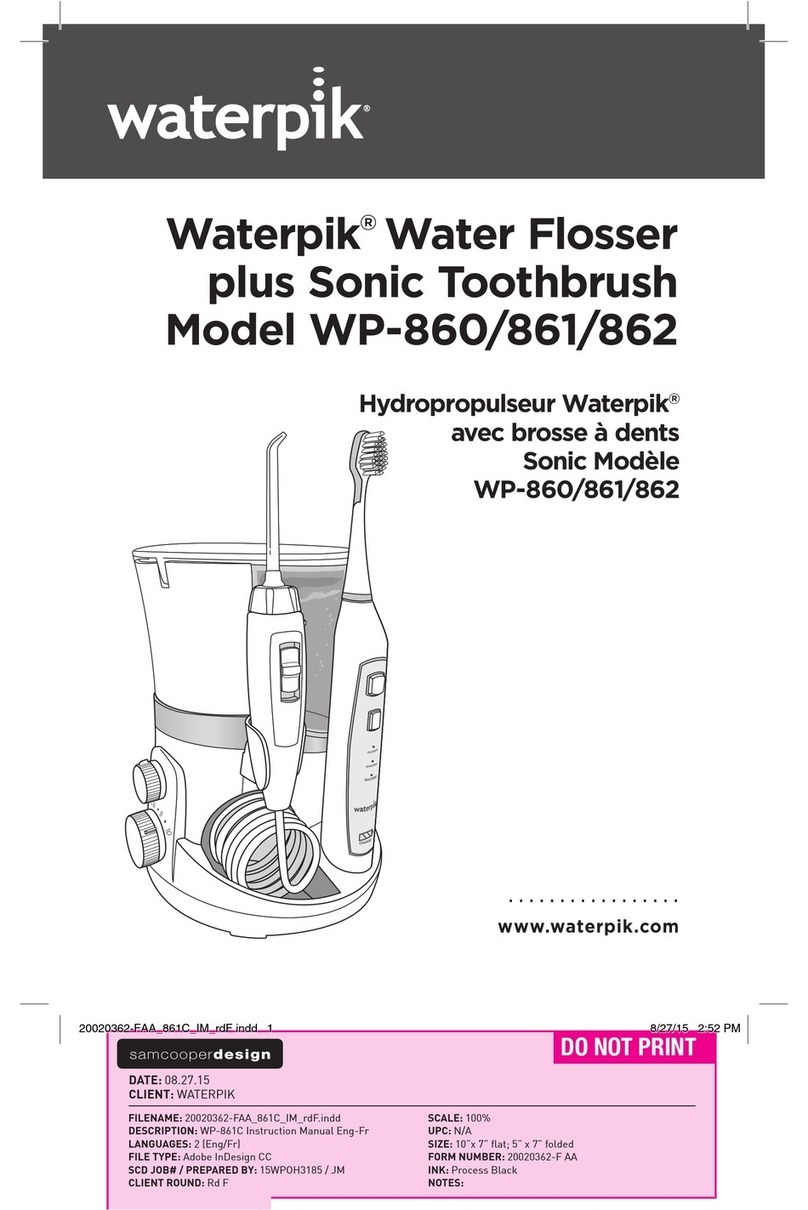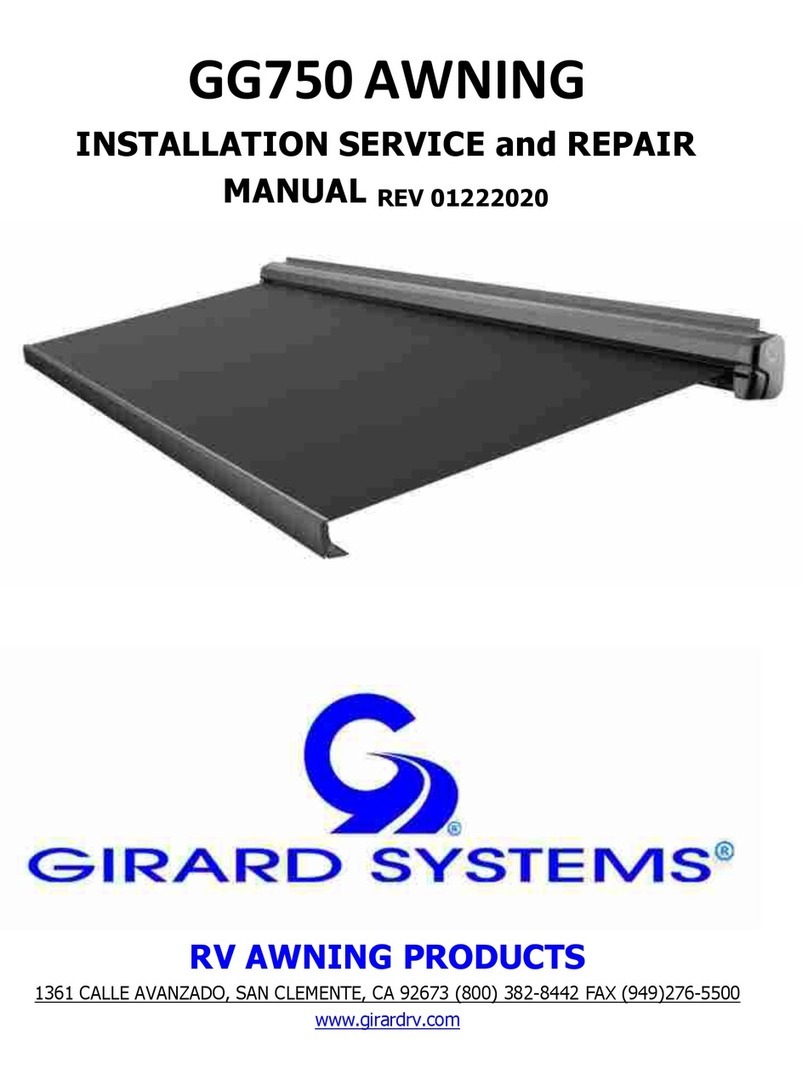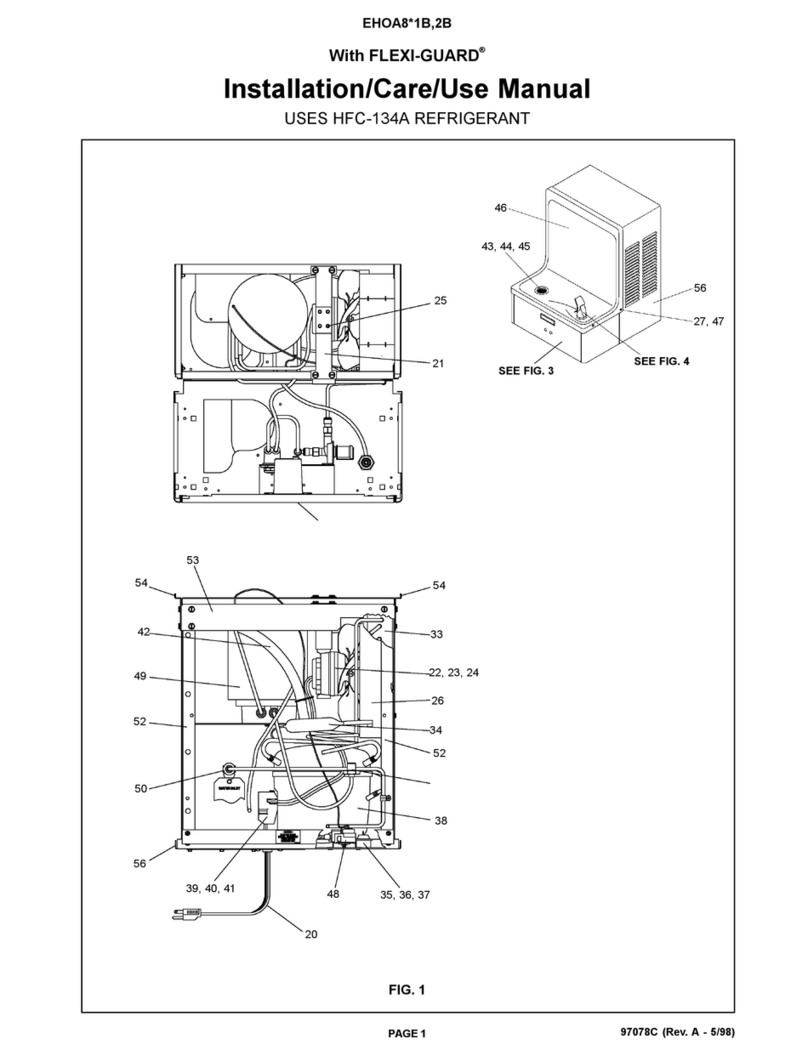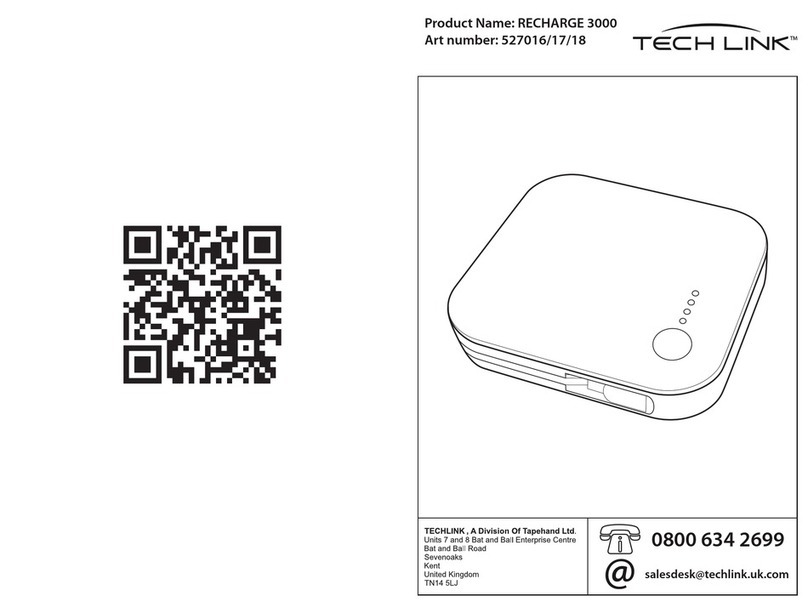
be used for maintaining sharpness and edge quality of blades with a single-bevel on one side of the
blade only.
1. Secure the blade of your pruners, loppers or mower that you want to sharpen as much as possible
with the cutting edge exposed.
2. Position the head of the sharpener over the heel of the blade. Then lower the sharpener down so that
the cutting edge is resting in the bottom of the V-Notch slot. Make sure the angled carbide blade in
the V-Notch is aligned with the beveled side of blade. Hold the sharpener as parallel to the cutting
edge as possible. Then apply moderate downward pressure to pull the sharpener across the cutting
edge from heel to tip in direction of indicator arrows. (See Fig. 2). Maintain constant pressure and
follow the contour of the blade as you pull.
3. Repeat above action until blade is sharp. Always pull the sharpener across the blade from heel to tip,
never back and forth.
C- HEDGE SHEARS SHARPENING INSTRUCTION:
Including but not limited to hedge shears, carbide Ccan sharpen all sorts of knives, garden implements,
scissors, tool edge, etc.
Hold the sharpener at a slight angle to the blades. Stroke the sharpener along the cutting edge from heel
to tip in direction of indicator arrows. (See Fig. 3)
Angle between the edge being sharpened and carbide Cshould be approximately 20 degrees. (See Fig. 4)
Always maintain the angle and stroke this sharpener repeatedly along each side of the edge until the
desired sharpness is obtained. Maintain constant pressure and follow the contour of the blade as you
stroke. For those single-beveled blades such as blades of hedge shears, pruner & mowers, only sharpen
the side of each blade that has a bevel.
D- SCISSORS HONING INSTRUCTION:
Including but not limited to scissors, ceramic rod Dcan hone and realign all sorts of knives, garden
